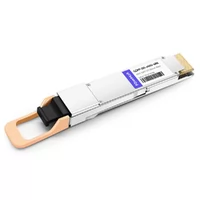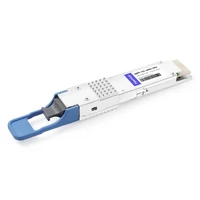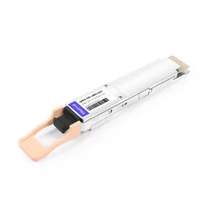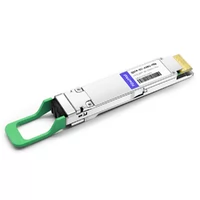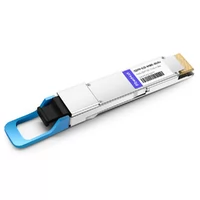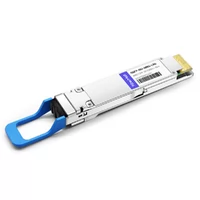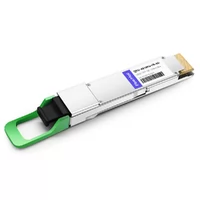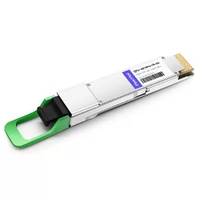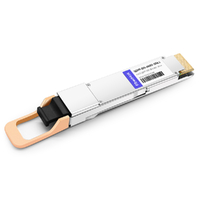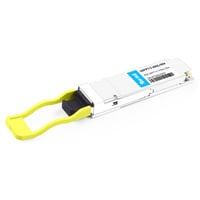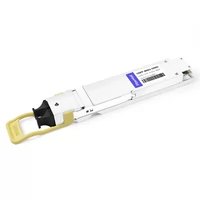In an era dominated by artificial intelligence (AI), cloud computing, and big data, the demand for high-performance data transmission has never been greater. Data centers, the beating hearts of this digital revolution, are tasked with processing and moving massive volumes of data at unprecedented speeds. At the core of this infrastructure lie optical modules—ingenious devices that convert electrical signals into optical signals, enabling lightning-fast data communication over fiber optic cables. As AI models grow more complex and datasets balloon in size, traditional copper-based interconnects are becoming relics of the past, unable to keep pace with the bandwidth and latency requirements of modern applications. Enter optical modules, which leverage the power of light to transmit data efficiently over long distances, driving the next generation of technological innovation. This article takes a deep dive into the world of optical modules, exploring their evolution from 400G to the mind-boggling 3.2T, and unpacking the cutting-edge technologies shaping their future. We’ll examine Linear Pluggable Optics (LPO) and Linear Receive Optics (LRO) as cost-effective, low-power alternatives, discuss advanced cooling solutions tackling the heat challenges of high-speed modules, and explore game-changing paradigms like Co-Packaged Optics (CPO), Optical Input/Output (OIO), and Optical Circuit Switching (OCS). Finally, we’ll spotlight silicon photonics, the foundational technology poised to redefine data center interconnects.
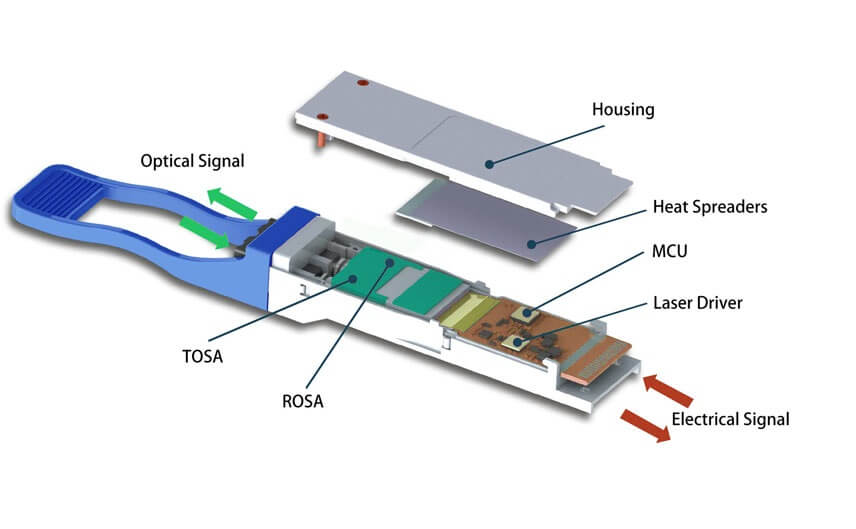
Table of Contents
ToggleHigh-Speed Optical Modules: From 400G to 3.2T and Beyond
Understanding Optical Modules: The Basics
Optical modules are the unsung heroes of modern data communication. These compact devices serve as the interface between electrical systems (like switches and servers) and optical fiber networks. Inside each module, a laser generates light, a modulator encodes data onto that light, and a photodetector at the receiving end converts the optical signal back into an electrical one. This process allows data to travel vast distances with minimal loss, unlike copper cables, which suffer from electrical resistance and signal degradation. Optical modules are ubiquitous in data centers, telecommunications, and even emerging fields like autonomous vehicles, where high-speed, reliable data transfer is non-negotiable.
The Role of Optical Modules in Modern Computing
Optical modules are the unsung heroes of data communication. These devices bridge electrical systems (like servers and switches) with optical fiber networks, converting electrical signals into light pulses that travel with minimal loss over long distances. Unlike copper cables, which suffer from electrical resistance and signal degradation, optical modules enable high-bandwidth, low-latency communication critical for AI training, cloud services, and 5G networks. A typical module houses a laser, modulator, and photodetector, working in harmony to encode, transmit, and decode data.
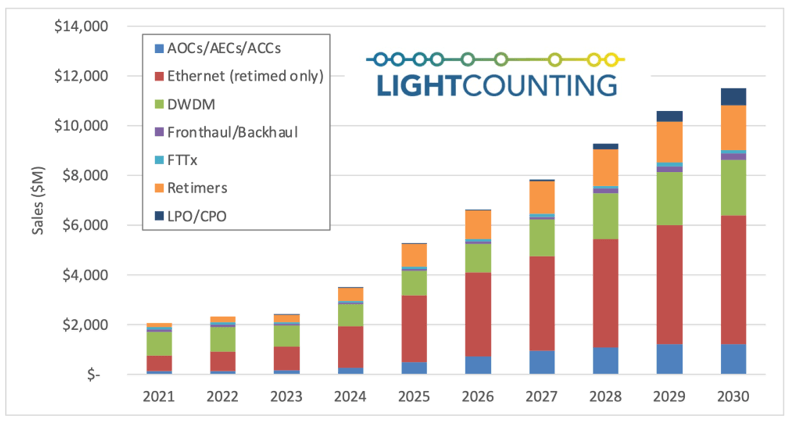
The Relentless March of Speed
The evolution of optical module speeds is a testament to human ingenuity and the relentless pace of technological progress. Just a decade ago, 100G (100 gigabits per second) modules were the pinnacle of innovation, powering early cloud computing infrastructures. Today, 400G has become the baseline for hyperscale data centers, supporting the bandwidth needs of AI training and real-time analytics. But the industry isn’t stopping there—800G modules are already in production, 1.6T (1.6 terabits per second) is on the cusp of commercialization, and 3.2T prototypes are lighting up research labs. To put this in perspective, a 3.2T module can transmit 3.2 trillion bits of data per second—enough to stream thousands of ultra-high-definition movies simultaneously. This exponential growth isn’t just about bragging rights; it’s a direct response to the data demands of AI and big data. Training a large language model, for instance, requires moving petabytes of data between GPUs, memory, and storage in mere seconds. Traditional interconnects simply can’t keep up, making high-speed optical modules the linchpin of next-generation computing.
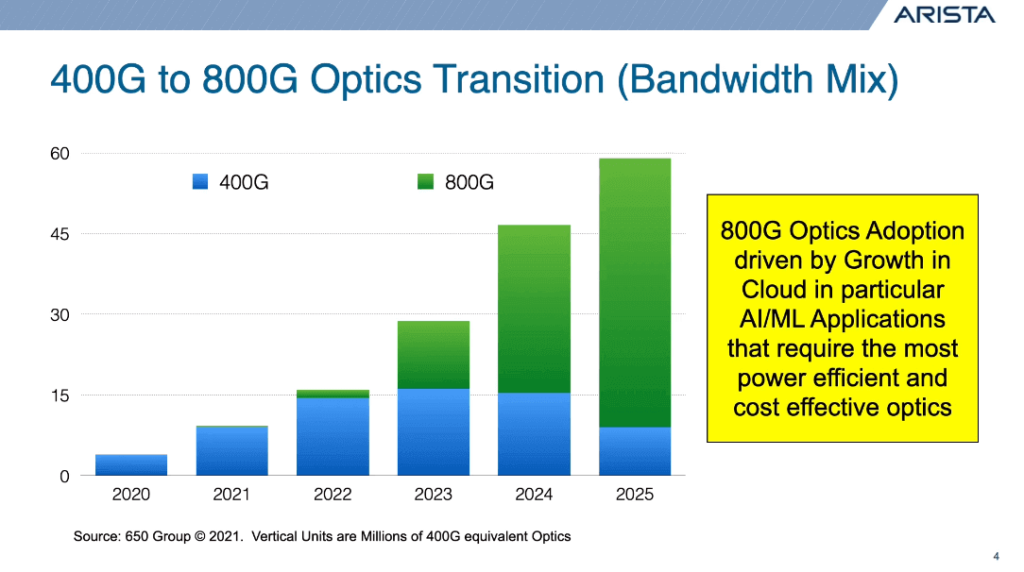
The Technologies Fueling the Speed Revolution
Achieving these blistering speeds requires a symphony of advanced technologies, each pushing the boundaries of physics and engineering:
- Silicon Photonics: This game-changing approach integrates optical components—like lasers and modulators—onto silicon chips, leveraging the mature semiconductor manufacturing ecosystem. It’s cost-effective, scalable, and allows for tighter integration with electronic circuits, making it a cornerstone of high-speed optical modules.
- Electro-absorption Modulated Lasers (EML): EMLs are high-performance lasers that can switch on and off at incredible speeds, making them ideal for 800G and 1.6T applications. Their ability to handle high bandwidth with low power consumption is a key enabler of modern optical networks.
- Thin-Film Lithium Niobate (TFLN): An emerging material with exceptional optical properties, TFLN is showing promise in ultra-high-speed applications. For example, Ciena recently demonstrated a 3.2Tb/s transmission in the O-band using HyperLight’s 140GHz TFLN modulators—a glimpse into the future of optical communication.
- Advanced Modulation Formats: Techniques like PAM6 (6-level Pulse Amplitude Modulation) at 174 Gbaud allow engineers to pack more data into each light pulse, boosting throughput without requiring faster hardware. This is critical for scaling from 1.6T to 3.2T and beyond.
For 200G per lane (used in 1.6T SR8, 800G DR4, and others), the supply chain is robust, with EML and silicon photonics in mass production, TFLN and VCSELs in prototyping, and DSPs, TIAs, and photodetectors ready for deployment. For 400G per lane (targeting 3.2T), silicon photonics is the leading candidate, though material platforms and modulation formats remain under debate.
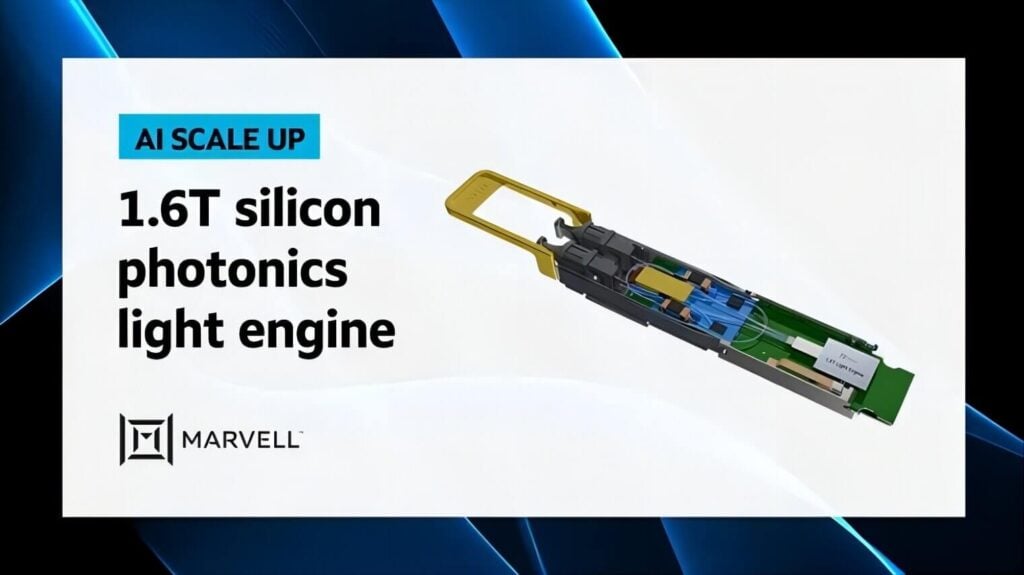
Market Trends: A Bandwidth Boom
The market for high-speed optical modules is exploding, driven by the insatiable appetite of AI, cloud computing, and 5G networks. Analysts predict that by 2025, global demand for 800G modules will hit 20 million units annually, while 400G maintains a robust 17 million units. Looking further ahead, 1.6T modules are expected to enter mass production in 2026, capturing 30% of the market by 2030. Meanwhile, 3.2T modules, still in the prototyping phase, are poised to dominate the high-end segment by the mid-2030s. For 200G per lane—the building block of 1.6T and 800G configurations—the supply chain is mature, with EML and silicon photonics in full-scale production. Emerging technologies like TFLN and VCSELs (Vertical Cavity Surface Emitting Lasers) are still in development but hold immense potential. At 400G per lane, the foundation for 3.2T, silicon photonics is the frontrunner, though debates persist over the best material platforms and modulation schemes.
Challenges on the Horizon
Scaling to these speeds isn’t without hurdles. Power consumption is a major concern—1.6T modules guzzle around 30 watts, while 3.2T modules exceed 40 watts, generating significant heat. Manufacturing complexity also rises, as tighter tolerances and exotic materials push production costs higher. To tackle these issues, the industry is rallying around new standards, like IEEE 802.3dj for 200G per lane, and investing in innovative cooling and modulation techniques. The race to 3.2T and beyond is as much about efficiency as it is about speed.
LPO and LRO: Efficiency Meets Affordability
The Rise of Linear Optics
As data centers grapple with power and cost constraints, two innovative optical module designs have emerged: Linear Pluggable Optics (LPO) and Linear Receive Optics (LRO). Traditional optical modules rely on Digital Signal Processors (DSPs) to correct signal distortions caused by noise and dispersion. While effective, DSPs are power hogs, consuming over 60% of a module’s energy and adding latency. LPO and LRO take a different approach, using linear analog components to simplify signal processing, slashing power use and costs while delivering ultra-low latency.
- LPO (Linear Pluggable Optics): Tailored for short-range interconnects (e.g., within a rack or between adjacent racks), LPO eliminates DSPs entirely. This results in power savings of up to 40%, latency as low as 1 nanosecond, and reduced manufacturing costs—perfect for latency-sensitive AI workloads.
- LRO (Linear Receive Optics): A hybrid solution, LRO applies linear processing only on the receive side, making it compatible with DSP-based transmitters. This flexibility suits it for a wider range of applications, including medium-distance interconnects up to 2 kilometers.
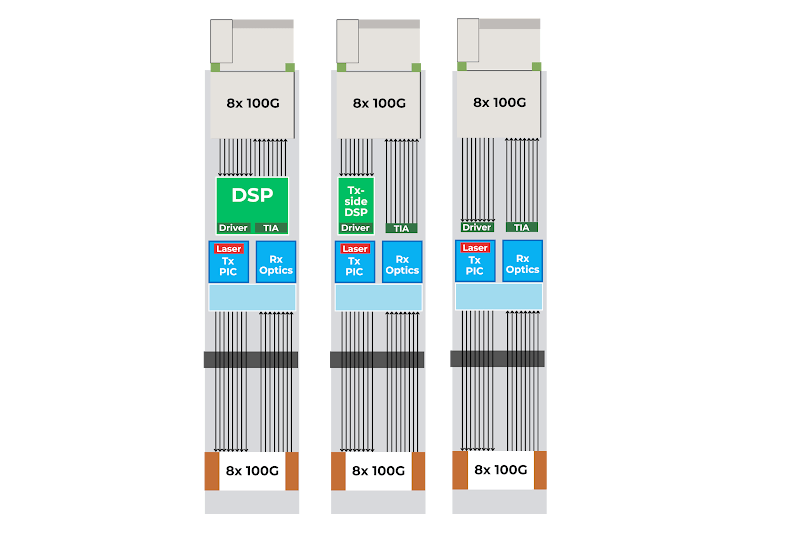
Why LPO and LRO Matter
The advantages of these technologies are compelling:
- Energy Efficiency: By ditching DSPs, LPO, and LRO cut power consumption dramatically, aligning with the industry’s push for greener data centers.
- Cost Savings: Simplified designs mean fewer components and lower production costs, a boon for hyperscale operators managing thousands of modules.
- Low Latency: With latency in the nanosecond range, these modules are ideal for real-time applications like financial trading and AI inference.
Standardization and Interoperability
LPO and LRO are still maturing, and standardization is a critical step toward widespread adoption. The Optical Internetworking Forum (OIF) is leading the charge, with demonstrations at OFC 2025 showcasing interoperability between LPO, LRO, and traditional DSP-based modules. LPO adheres to OIF’s CEI-112G-LINEAR PAM4 specifications, ensuring consistent performance, while LRO’s electrical interface standards are slated for finalization in 2025. These efforts are paving the way for seamless integration into existing networks.
Real-World Impact: Case Studies
Industry leaders are already embracing LPO and LRO:
- Alibaba Cloud: In April 2025, Alibaba deployed 400G DR4 LPO modules across its global data centers, proving their viability for large-scale, high-bandwidth applications.
- InnoLight and FiberMall: At OFC 2025, these companies unveiled 1.6T LRO modules, showcasing their potential for next-generation AI clusters.
As testing continues and standards solidify, LPO and LRO are poised to redefine the economics of optical networking.
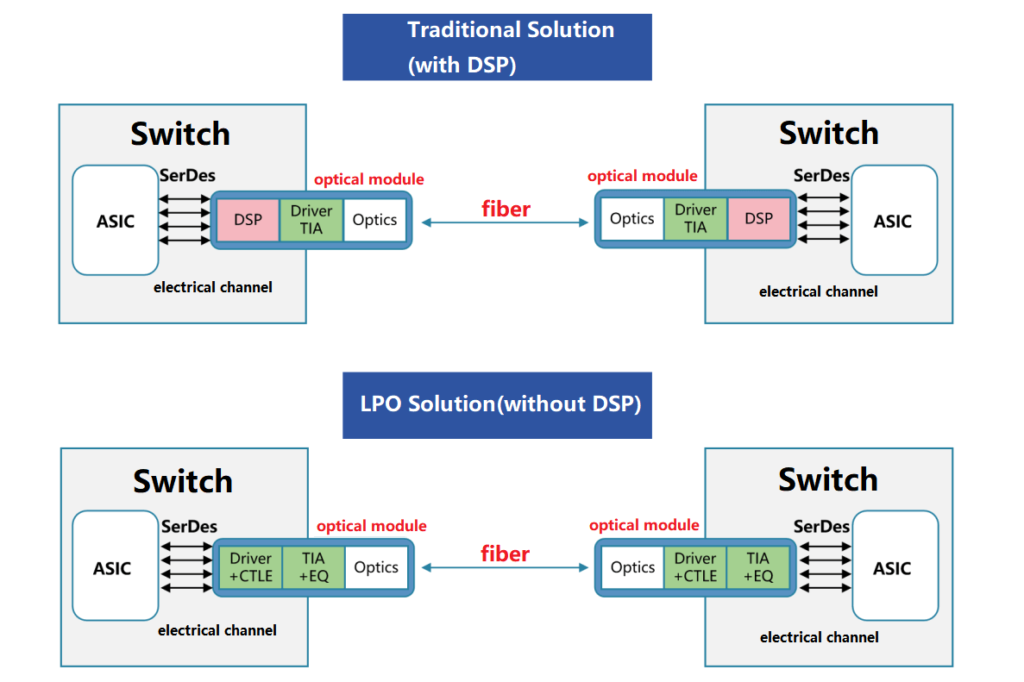
Cooling Solutions: Taming the Heat of High-Speed Modules
The Heat Dilemma
High-speed optical modules are a double-edged sword—faster speeds mean more power, and more power means more heat. A 1.6T module consumes around 30 watts, while a 3.2T module pushes past 40 watts. This heat poses multiple challenges:
- Power Density: Tiny modules concentrate heat in small areas, risking thermal overload.
- Thermal Crosstalk: Heat from one module can degrade the performance of nearby components.
- Data Center Impact: Thousands of hot modules drive up cooling costs, undermining efficiency.
Traditional air cooling—relying on fans and heat sinks—is hitting its limits, forcing the industry to rethink thermal management.
Liquid Cooling: A Cool Revolution
Liquid cooling is emerging as the go-to solution for high-speed optical modules. Unlike air, liquids have superior thermal conductivity, efficiently absorbing and dissipating heat. Benefits include:
- Precision Cooling: Liquids can target specific hot spots, like laser diodes or modulators.
- Energy Efficiency: Reduces overall cooling power, lowering data center PUE (Power Usage Effectiveness).
- Scalability: Supports the dense, high-power setups of future AI clusters.
Cutting-Edge Cooling Technologies
Several innovations are driving liquid cooling forward:
- High Thermal Conductivity Materials: Copper and vapor chambers replace aluminum casings, boosting heat transfer.
- Low-Contact-Resistance Materials: Diamond-Like Carbon (DLC) coatings minimize thermal resistance between components.
- Optimized Heat Sinks: Designs+ designs with more fins or advanced geometries enhance cooling efficiency.
Complementary approaches, like better Thermal Interface Materials (TIM) and low-power designs (e.g., LPO/LRO), further reduce heat output.
Industry Advances
- Accelink and Celestica: At OFC 2025, Accelink tested an immersion cooling platform with Celestica’s DS5000 switch, proving liquid cooling’s reliability for 1.6T modules.
As 3.2T looms, liquid cooling will be essential to keep data centers running smoothly.
Co-Packaged Optics (CPO): Redefining Bandwidth and Efficiency
What Is CPO?
In traditional setups, optical modules connect to switch ASICs via electrical traces on PCBs. At high speeds, these traces become bottlenecks, wasting power and limiting bandwidth. Co-Packaged Optics (CPO) solves this by integrating optical modules directly with ASICs, eliminating long electrical paths and unlocking new levels of performance.
Why CPO Matters
CPO delivers transformative benefits:
- Energy Efficiency: NVIDIA’s CPO solution cuts power use from 20pJ/bit to 5pJ/bit—a 3.5x improvement.
- Density: Supports more ports in less space, ideal for AI-driven hyperscale networks.
Technology Options
- Silicon Photonics: Perfect for distances under 2km, offering high integration and scalability.
- VCSELs: Cost-effective for short-range (<30m) links, though reliability remains a work in progress.
Industry Milestones
- NVIDIA: Plans to launch its Spectrum-X CPO switch in 2026.
- Broadcom: Its 51.2Tbps Tomahawk5 switch, using BaillySCIP silicon photonics, targets 2026.
- Chinese Innovators: Ruijie Networks and H3C are testing CPO prototypes.
Challenges AheadCPO’s complex 2.5D/3D integration and tricky module replacement could raise costs, but its potential is undeniable.
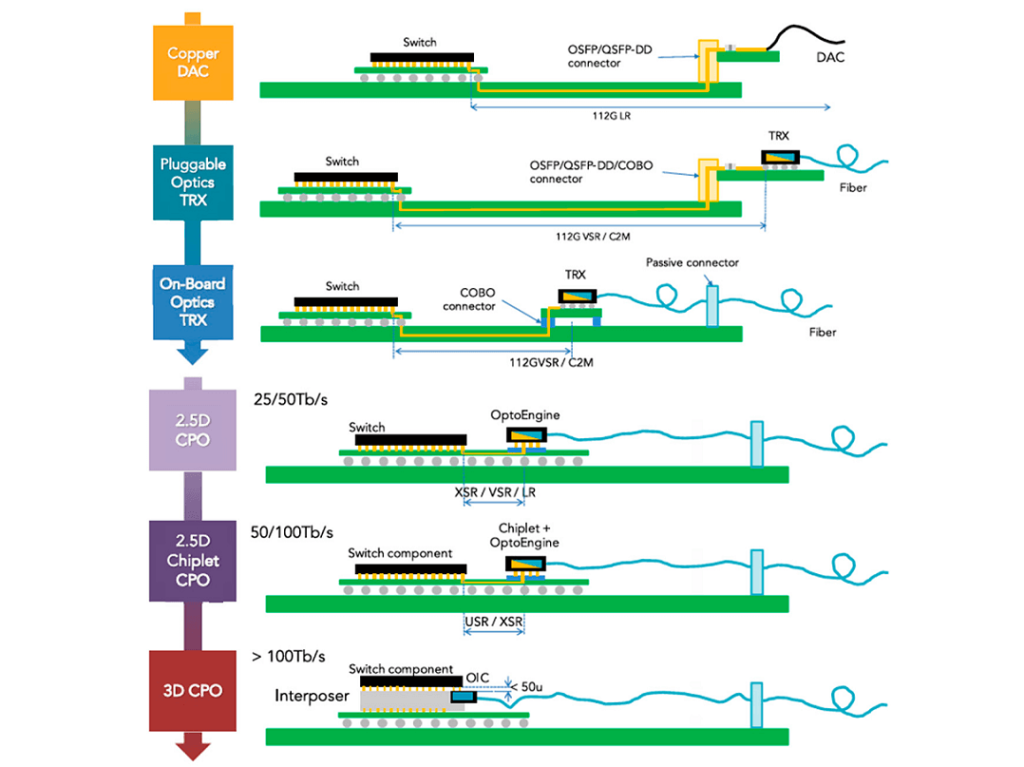
Optical Input/Output (OIO): A New Era for Compute and Storage
Defining OIO
Optical Input/Output (OIO) embeds optical transceivers into chip packages, enabling direct optical links between processors, memory, and storage. By bypassing board-level conversions, OIO slashes latency and power use.
Applications and Benefits
OIO shines in scale-up architectures, like AI clusters:
- Ayar Labs: Its TeraPHY OIO chip offers 8Tbps with 1Tbps per port.
- Avicena: Uses microLEDs for 1Tb/s GPU integration.
- Celestial AI: Achieves 4pJ/bit with germanium modulators.
Technology Pathways
- Silicon Photonics: Mature and versatile.
- MicroLEDs: High bandwidth, early-stage.
Hurdles
OIO faces 3D integration and yield challenges but promises to revolutionize compute networks.
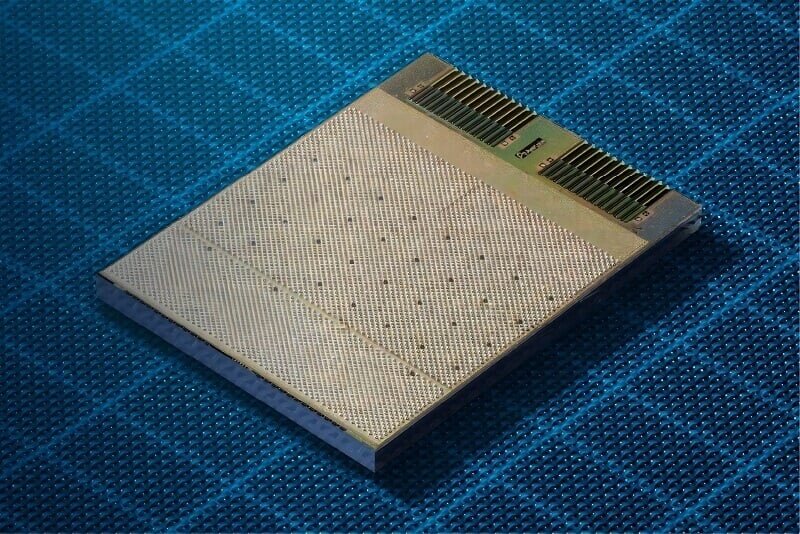
Optical Circuit Switching (OCS): Streamlining Networks
What Is OCS?
OCS uses optical switches to create direct light paths, bypassing electrical packet switching (EPS) for lower latency and power.
Advantages
- Latency Reduction: No electrical processing delays.
- Power Savings: Fewer conversions.
- Examples: Google’s Jupiter and Microsoft’s Sirius leverage OCS.
Implementation
- MEMS: Lucent’s Edge640 switch offers 640 duplex ports with fast switching.
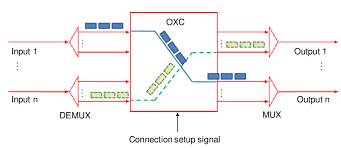
Silicon Photonics: The Bedrock of Optical Innovation
Silicon photonics merges microelectronics and photonics, driving optical advancements. Its market will grow from $226 million in 2024 to $644 million by 2029. Intel, InnoLight, and TSMC lead with platforms like Intel’s 1310nm DFB lasers and TSMC’s 65nm 2.5D/3D integration. Future research into epitaxial and monolithic designs will enhance scalability.
Conclusion
Lighting the Way ForwardFrom 400G to 3.2T, optical modules are evolving to meet the demands of AI and big data. LPO, CPO, OIO, and silicon photonics are breaking new ground, supported by advanced cooling and OCS. As these technologies mature, they’ll power a faster, more efficient digital future.
Related Products:
-
 QSFP-DD-400G-SR8 400G QSFP-DD SR8 PAM4 850nm 100m MTP/MPO OM3 FEC Optical Transceiver Module
$149.00
QSFP-DD-400G-SR8 400G QSFP-DD SR8 PAM4 850nm 100m MTP/MPO OM3 FEC Optical Transceiver Module
$149.00
-
 QSFP-DD-400G-DR4 400G QSFP-DD DR4 PAM4 1310nm 500m MTP/MPO SMF FEC Optical Transceiver Module
$400.00
QSFP-DD-400G-DR4 400G QSFP-DD DR4 PAM4 1310nm 500m MTP/MPO SMF FEC Optical Transceiver Module
$400.00
-
 QSFP-DD-400G-SR4 QSFP-DD 400G SR4 PAM4 850nm 100m MTP/MPO-12 OM4 FEC Optical Transceiver Module
$450.00
QSFP-DD-400G-SR4 QSFP-DD 400G SR4 PAM4 850nm 100m MTP/MPO-12 OM4 FEC Optical Transceiver Module
$450.00
-
 QSFP-DD-400G-FR4 400G QSFP-DD FR4 PAM4 CWDM4 2km LC SMF FEC Optical Transceiver Module
$500.00
QSFP-DD-400G-FR4 400G QSFP-DD FR4 PAM4 CWDM4 2km LC SMF FEC Optical Transceiver Module
$500.00
-
 QSFP-DD-400G-XDR4 400G QSFP-DD XDR4 PAM4 1310nm 2km MTP/MPO-12 SMF FEC Optical Transceiver Module
$580.00
QSFP-DD-400G-XDR4 400G QSFP-DD XDR4 PAM4 1310nm 2km MTP/MPO-12 SMF FEC Optical Transceiver Module
$580.00
-
 QSFP-DD-400G-LR4 400G QSFP-DD LR4 PAM4 CWDM4 10km LC SMF FEC Optical Transceiver Module
$600.00
QSFP-DD-400G-LR4 400G QSFP-DD LR4 PAM4 CWDM4 10km LC SMF FEC Optical Transceiver Module
$600.00
-
 QDD-4X100G-FR-Si QSFP-DD 4 x100G FR PAM4 1310nm 2km MTP/MPO-12 SMF FEC CMIS3.0 Silicon photonics Optical Transceiver Module
$650.00
QDD-4X100G-FR-Si QSFP-DD 4 x100G FR PAM4 1310nm 2km MTP/MPO-12 SMF FEC CMIS3.0 Silicon photonics Optical Transceiver Module
$650.00
-
 QDD-4X100G-FR-4Si QSFP-DD 4 x 100G FR PAM4 1310nm 2km MTP/MPO-12 SMF FEC CMIS4.0 Silicon photonics Optical Transceiver Module
$750.00
QDD-4X100G-FR-4Si QSFP-DD 4 x 100G FR PAM4 1310nm 2km MTP/MPO-12 SMF FEC CMIS4.0 Silicon photonics Optical Transceiver Module
$750.00
-
 QSFP-DD-400G-SR4.2 400Gb/s QSFP-DD SR4 BiDi PAM4 850nm/910nm 100m/150m OM4/OM5 MMF MPO-12 FEC Optical Transceiver Module
$900.00
QSFP-DD-400G-SR4.2 400Gb/s QSFP-DD SR4 BiDi PAM4 850nm/910nm 100m/150m OM4/OM5 MMF MPO-12 FEC Optical Transceiver Module
$900.00
-
 Arista Q112-400G-SR4 Compatible 400G QSFP112 SR4 PAM4 850nm 100m MTP/MPO-12 OM3 FEC Optical Transceiver Module
$450.00
Arista Q112-400G-SR4 Compatible 400G QSFP112 SR4 PAM4 850nm 100m MTP/MPO-12 OM3 FEC Optical Transceiver Module
$450.00
-
 Cisco Q112-400G-DR4 Compatible 400G NDR QSFP112 DR4 PAM4 1310nm 500m MPO-12 with FEC Optical Transceiver Module
$650.00
Cisco Q112-400G-DR4 Compatible 400G NDR QSFP112 DR4 PAM4 1310nm 500m MPO-12 with FEC Optical Transceiver Module
$650.00
-
 OSFP-800G-DR8D-FLT 800G-DR8 OSFP Flat Top PAM4 1310nm 500m DOM Dual MTP/MPO-12 SMF Optical Transceiver Module
$1199.00
OSFP-800G-DR8D-FLT 800G-DR8 OSFP Flat Top PAM4 1310nm 500m DOM Dual MTP/MPO-12 SMF Optical Transceiver Module
$1199.00
-
 OSFP-800G-SR8D-FLT OSFP 8x100G SR8 Flat Top PAM4 850nm 100m DOM Dual MPO-12 MMF Optical Transceiver Module
$650.00
OSFP-800G-SR8D-FLT OSFP 8x100G SR8 Flat Top PAM4 850nm 100m DOM Dual MPO-12 MMF Optical Transceiver Module
$650.00
-
 OSFP-800G-SR8D OSFP 8x100G SR8 PAM4 850nm 100m DOM Dual MPO-12 MMF Optical Transceiver Module
$650.00
OSFP-800G-SR8D OSFP 8x100G SR8 PAM4 850nm 100m DOM Dual MPO-12 MMF Optical Transceiver Module
$650.00
-
 OSFP-800G-DR8D 800G-DR8 OSFP PAM4 1310nm 500m DOM Dual MTP/MPO-12 SMF Optical Transceiver Module
$850.00
OSFP-800G-DR8D 800G-DR8 OSFP PAM4 1310nm 500m DOM Dual MTP/MPO-12 SMF Optical Transceiver Module
$850.00
-
 OSFP-800G-2FR4L OSFP 2x400G FR4 PAM4 1310nm 2km DOM Dual Duplex LC SMF Optical Transceiver Module
$1200.00
OSFP-800G-2FR4L OSFP 2x400G FR4 PAM4 1310nm 2km DOM Dual Duplex LC SMF Optical Transceiver Module
$1200.00

